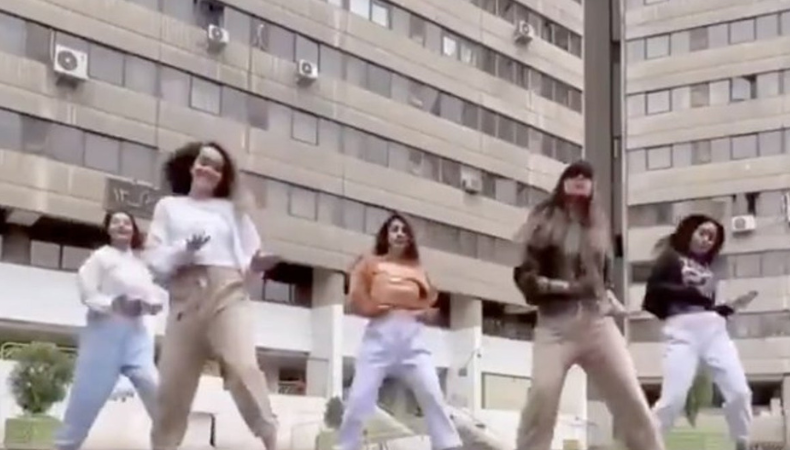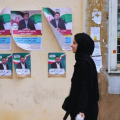Iran’s Dance Crackdown: Two Young Women Arrested for Public Dancing

Two young Iranian women have found themselves behind bars for a seemingly joyous act – dancing in public to celebrate the arrival of the Persian New Year, known as Nowruz.
Their arrest has once again shone a spotlight on the strict laws governing personal freedoms in the Islamic Republic.
The Viral Video
The incident unfolded after a video surfaced online depicting the two women dancing and swaying their hips near Tehran’s Tajrish Square, a popular hangout spot for the city’s youth.
Dressed in traditional red costumes associated with Haji Firuz, a beloved folklore character who heralds the coming of Nowruz with song and dance, their celebration quickly turned into a confrontation with the authorities.
According to Iranian media reports, Tehran’s prosecutor swiftly ordered the arrest of the two women, accusing them of violating social norms through their public dancing. The dancing women were purportedly detained for breaching Islamic laws that prohibit mixed dancing or women being alone in public spaces without proper coverings.
Ongoing Protests and Crackdowns
The arrests come amid a broader climate of unrest and protests that have gripped Iran since late 2022. The death of 22-year-old Mahsa Amini, a Kurdish woman detained by the country’s morality police for allegedly violating the strict dress code, sparked widespread demonstrations against the government’s restrictive laws and treatment of women.
Keep Reading
In recent months, numerous videos have gone viral depicting Iranian women defiantly dancing in public spaces, including the metro, as a form of protest against the rigid societal norms imposed by the Islamic regime.
The authorities have responded with a heavy-handed crackdown, arresting and prosecuting individuals deemed to be violating the country’s moral codes. Cultural Clash and Generational Divide The arrests of the two young women highlight the ongoing tensions between traditional Islamic values and the aspirations of Iran’s youth, who seek greater personal freedoms and self-expression.
While the authorities view public dancing as a violation of societal norms, many young Iranians see it as a harmless celebration of cultural traditions and individual liberties. As the Persian New Year approaches, a time typically marked by festivities and joy, the incident serves as a reminder of the complex cultural and generational divides that persist within Iranian society. While some celebrate the arrival of Nowruz with traditional dance and merriment, others view such expressions as a threat to the established order and moral fabric of the nation.







